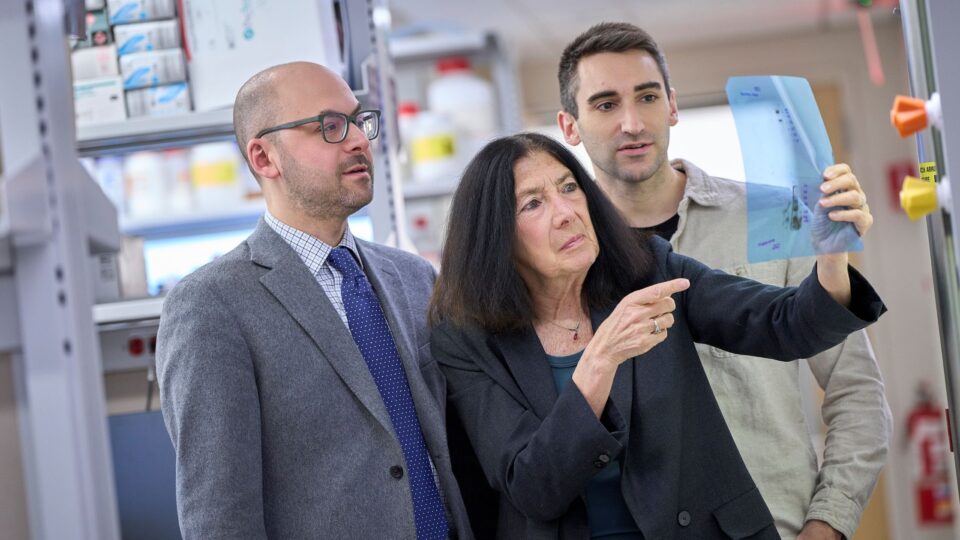The longitudinal NYU Lupus Registry, with nearly 900 enrolled patients, includes the vast majority of patients seen by NYU Langone Health rheumatologists. “While it’s been a very good tool for clinical and biological information, one thing that’s been missing is patient-reported outcomes,” says Peter M. Izmirly, MD, associate professor of medicine.
Through a CDC-funded Special Interest Project tied to a Prevention Research Center grant, Dr. Izmirly is collaborating with Heather T. Gold, PhD, an expert on health equity across socioeconomic, racial and ethnic, geographic, and clinical variations, to add these critical measures to the lupus registry.
Through the researchers’ complementary expertise, the two-year project, called STRIVE (Systemic Lupus Targets Related to Improving Vital Endpoints), will enable them to overlay patient-reported outcomes, socioeconomic factors, and area-based measures onto the existing clinical and biological data. Together, the measures could provide an unprecedented view of potential contributors to SLE outcomes, says Dr. Izmirly.
“Our lupus patient cohort spans a broad socioeconomic demographic and is racially and ethnically diverse,” he says. “The new sources of data will complement what we’ve already captured in our database, giving us an even more complete picture of the patients.”
“This is a rare opportunity to bridge the two fields with a wealth of patient-reported data.”
Heather T. Gold, PhD
Compiling A Richer Dataset
The team will implement a new infrastructure to collect the expanded dataset, while patient advisors will help determine the importance of certain measures to the patients’ overall health experience. Some of the data points relate to what Dr. Gold terms more “patient-centered measures” like pain severity and interference, anxiety, depression, and fatigue.
“That’s something only the patient knows,” Dr. Gold says. “For some people with lupus, their blood work always seems fine, but they might not be able to get out of bed.”
The project will also explore potential associations between patients’ regular physical activity and factors such as their perceived stress, their SLE flares or hospitalizations, and the concentrated poverty in their zip codes. Layering the data may provide more clarity on significant non-clinical contributors to worse outcomes, such as food or housing insecurity, difficulty accessing healthcare, and other experiential and psychosocial factors.
“Residential segregation, poverty and other area-based factors affect how people access care and manage their care and symptoms,” Dr. Gold says. “So health outcomes can be impacted not only by the clinical and biological measures that Dr. Izmirly and colleagues have measured for years, but also by other patient-reported measures.”
“I hope it will allow us to identify new ways to think about our lupus patients.”
Peter M. Izmirly, MD
A Population Health Lens on Lupus Care
Population health is more often focused on common conditions such as heart disease and cancer. Adding a rich layer of data to the well-characterized cohort in the lupus registry presents a unique chance to discover measures that could improve the lives of other patients, says Dr. Gold. “This is a rare opportunity to bridge the two fields with a wealth of patient-reported data,” she says.
“I hope it will allow us to identify new ways to think about our lupus patients and figure out interventions that will help improve their quality of life and reduce their morbidity and mortality,” Dr. Izmirly adds.







